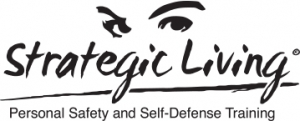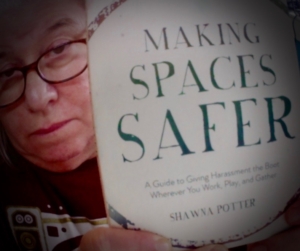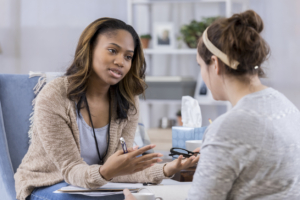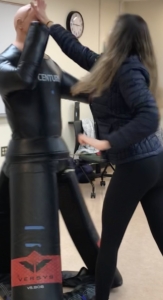These last 2 weeks I’ve been outlining finding support after assault. Self-care is a critical aspect of anyone’s overall safety plan, and the central pillar of self-care is knowing who among your family and friends could support you after any assault, regardless of outcome. Two weeks ago I began outlining traits of those individuals, with my thumbnail sketch of what a supportive human does.
- They listen.
- They believe you.
- They remind you it wasn’t your fault.
Two weeks ago I described what listening looks and sounds like. Last week I described what believing you and reminding you it wasn’t your fault looks and and sound like. Today I have a few more words on blame and fault-finding, and then move on to creating community.
First, some words about those who habitually blame victims for their own assaults. This is chronic in domestic violence, where the abuser is manipulating the target’s perception. Very often also manipulating the perception of those around, cutting off ways of getting support. This is often described as “gaslighting.” It is a long-term strategy for you to relinquish control and hand over decision-making.

Getting support? Not from them!
A major process in our culture is an adversarial approach — our justice system and political system are set up to pit two sides against each other, there are defined rules and referees, they duke it out like a boxing or martial arts sparring match, and a winner is picked. So it’s not really a surprise that some of us expand that view, that life is a brutal competition. It bleeds into other parts of our lives, where there are no explicit rules, no referee, and it’s not a good fit. And it’s all about power.
There does not need to be a long-term relationship for blame-shifting to occur. People who harm others often try to shift attention away from themselves and their actions to what the victim did “wrong.” The stereotypical ones include “what was she wearing,” “how much did she drink,” and “she was flirting.” Others in our communities, like ourselves, want to stay safe and part of their process, though, is to find out details about what happened to others and resolve to not make the same “mistakes.” Except there’s a big problem with this approach. The person targeted may have done something different, and it may have made a difference, or maybe not. There are people who do “wrong” stuff all the time — they smile at strangers, they drink a lot, maybe even pass out on a friend’s couch. And didn’t get assaulted. Because there was no assailant present. The common elements of all assault isn’t clothing choices or alcohol consumption or flirting, it’s the person(s) who made the bad choice to take what they wanted, regardless of consent.
Do you want to wait until after an assault to figure out who your supportive friends are? Probably not. Rather, you can be cultivating those relationships now.
My colleague Yehudit Sidikman of ESD Global suggested in a recent blog post that you practice talking about “what-if” scenarios with those important people in your life. One of her examples is, “mom, if something like this [kind of assault] ever happened to me, how would you react if I told you?” Or begin a conversation with a good friend like, “ I’ve never had this happen to me, but I am wondering how you would react if I came to you and told you that [add story].” Maybe there was a recent assault in the news, you could use that as your example. Or a particular #MeToo story. Their responses can give you some information about what they think about assault and blame. We do all know that there’s often a gap between what a person says and what they will do, so please temper this with what you already know about them. But, perhaps more importantly, it will also give them food for thought. And this does not have to be a “one-off” discussion, and should not be a one-off. You transition that “what-if” into a conversation on what it means to be supportive, to be a friend, do you want to be supportive, when do you feel it important to be supportive. When these conversations happen with a few people in your circle, and it becomes less awkward, you get a better sense of where people are at. You find those who share your values, and you maybe even move others to really think about what support means.
Building these relationships takes a while. And it is critical. And that’s how communities begin, one relationship at a time.
Why don’t you begin with the very next conversation you have with someone close? Today is not too soon.




